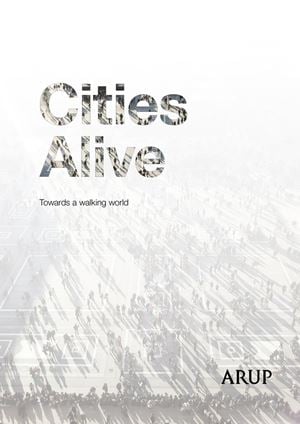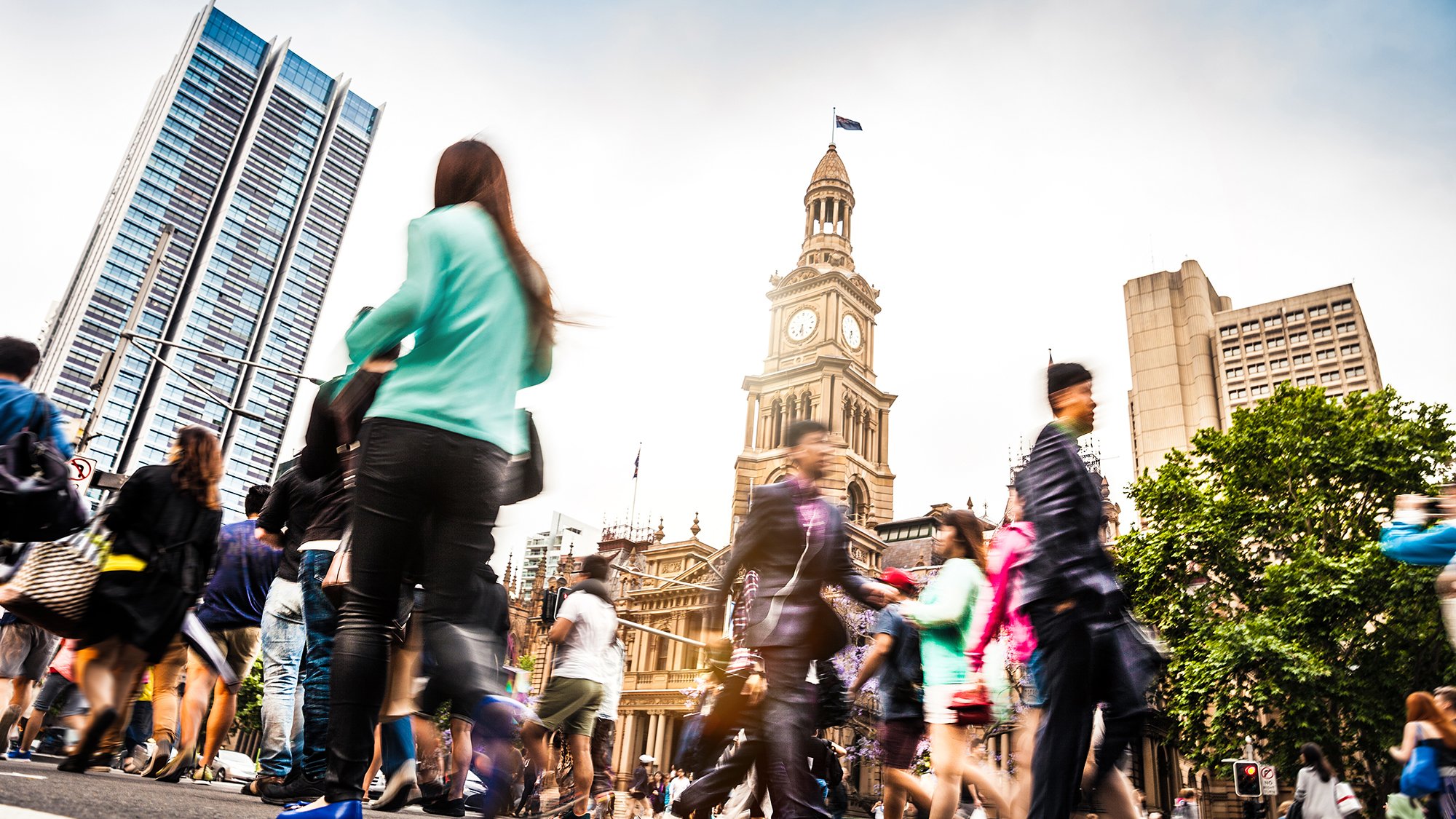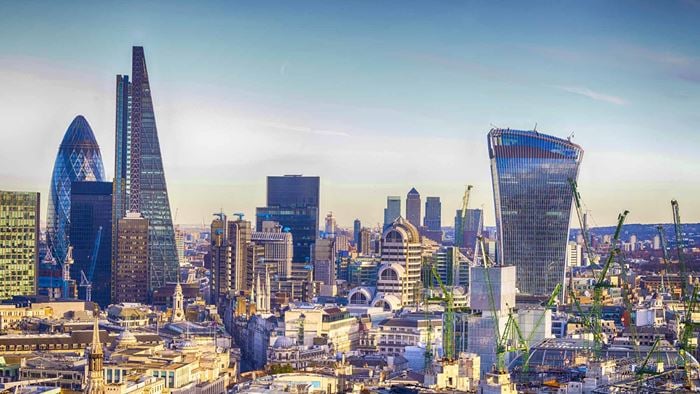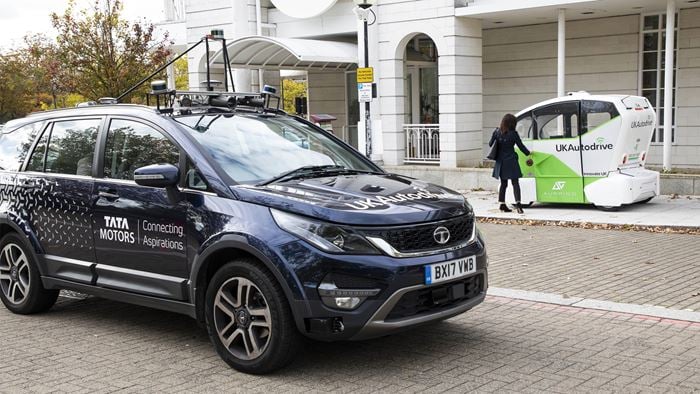Walking networks lay the foundation of how we experience cities and how those cities function, providing a series of benefits to both the individual and the collective.
“Walking positively transforms a city’s health, economic productivity, and ecological outlook. For us as individuals, it influences how we connect with family, friends, work, and nature. ”
Safiah Moore Senior Planner
Our newly launched report, Cities Alive: Towards a Walking World, considers these drivers alongside actions to further enhance walkability in cities, international design and policy examples, and perhaps most importantly, the multitude of quantified benefits that a walking world can deliver. It features perspectives across the built environment – transport specialists, economists and urban designers, from areas as diverse as Hong Kong, Amsterdam, Milan and more.
Whilst the wellbeing and sustainability outcomes of walking may be clear, creating walkable environments can be the catalyst for so many broad advantages – social inclusivity, cultural activity, increased land values, city attractiveness, and civic responsibility to name but a few. This sentiment is perhaps best captured here, by international walkability expert and author Jeff Speck.
“Get walkability right and so much of the rest will follow. ”
Jeff Speck
Walkability is a conversation Sydney should be involved in.
Alongside the general benefits of walking for our cities, it aligns clearly with three key future challenges we face as a city:
Sydney competes on a global stage to retain and attract talent. Walkable areas, both in their utility and their contribution to city amenity and enhancing the attractiveness of a city to professional talent. According to the study Foot traffic ahead by the George Washington University School of Business “The most walkable urban metro areas have substantially higher GDPs per capita and percentages of college graduates over 25 years of age in the population.
The 2015 Intergenerational Report predicts Australians will live longer and continue to have the one of the longest life expectancies in the world. Like many developed cities, growth in older age groups is being experienced across Sydney. According to ‘The Build Environment and Getting People Active’, evidence suggests that legible and direct street networks are particularly important in encouraging active transport in more vulnerable demographic groups such as children and the elderly. Evidence also suggests that people aged 60 and over who do just 15 min of exercise a day reduce their risk of dying early by 22%.
With a growing body of evidence connecting health, economic and social benefits with walking, the walkability of our suburbs becomes of great interest to decision makers and designers in the built environment.
“With a growing body of evidence connecting health, economic and social benefits with walking, the walkability of our suburbs becomes of great interest to decision makers and designers in the built environment. ”
Safiah Moore Senior Planner

Many of these benefits are known, but bringing the research together in one place provides a powerful call for action for us to reflect as design practitioners to design with a human perspective – where walking and cycling, or more broadly, wheeling, becomes the first mode of connecting people to each other, to play, and to productivity. From this perspective, we can explore a series of experience of the street; a place for chance interactions, an extension of the playground for children, or an experimental gallery for installations.
Publications
Cities Alive: Towards a walking world

 ;
;



.jpg?h=394&mw=700&w=700&hash=A4A2926D0A5E6ADCF4AD1E0906A26A79)


